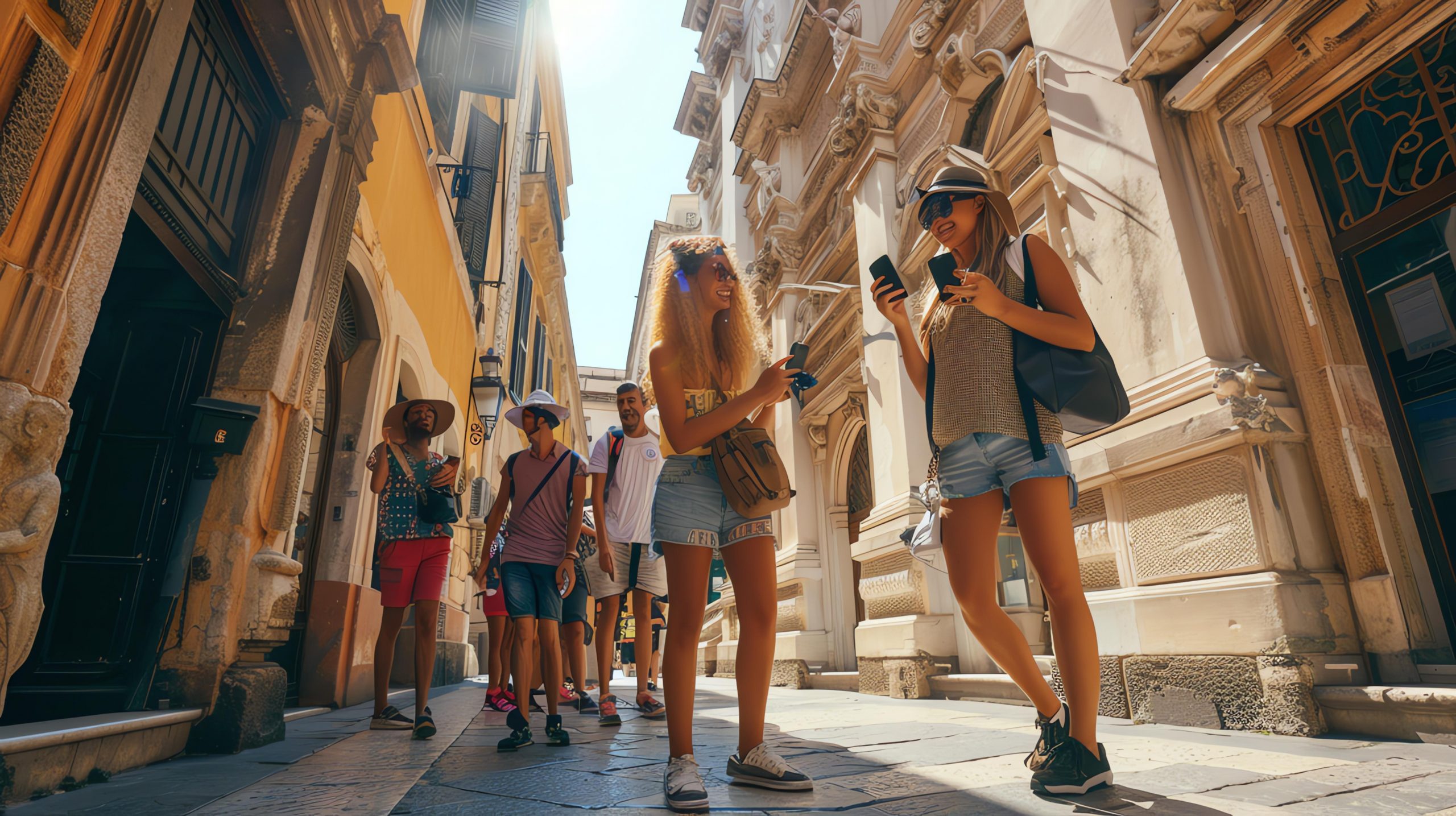Cultural tourism has gained popularity over the past few decades, becoming an integral part of the global tourism industry. However, managing cultural tourism effectively requires a careful approach that balances the promotion and preservation of cultural heritage. This article explores the key elements in managing cultural tourism, from its definition and characteristics to the conflicts and conservation strategies involved.
What is Cultural Tourism?
Cultural tourism is defined as a type of tourism primarily motivated by the experience and learning about the tangible and intangible cultural heritage of a place. This form of tourism encompasses a wide range of activities, from visiting historical monuments and museums to participating in festivals and interacting with local communities. It is a global phenomenon that combines exploring the past with experiencing the present culture, providing travelers with a deep connection to the history and traditions of the regions they visit.
Within cultural tourism, we can identify two main approaches: heritage tourism, which focuses on exploring historical sites and monuments, and experiential tourism, where tourists seek a deeper interaction with local communities by participating in their festivities and daily activities. Both approaches reflect a desire for authenticity and learning that defines cultural tourists.
Characteristics of Cultural Tourism
Cultural tourism is characterized by the pursuit of authenticity, where travelers seek genuine and meaningful experiences. This type of tourism is not just about visiting places but about understanding and respecting the culture being explored. Additionally, it has a strong educational component, as cultural tourists are motivated by the desire to learn about the history, traditions, and cultural practices of the destinations they visit.
In this context, sustainability plays a crucial role. Since many cultural tourist attractions are sensitive heritage sites, it is vital that tourism practices not only minimize environmental impact but also contribute to preserving heritage for future generations.
The profile of cultural tourists is diverse but commonly includes individuals with a genuine interest in history and culture. These tourists value authentic experiences and often use digital technologies, such as mobile apps and interactive guides, to enrich their experience.
Conflicts and Challenges in Cultural Tourism
One of the main challenges in cultural tourism is overtourism, which can have severe consequences for cultural heritage. The excess of visitors can lead to the physical erosion of sites, pollution, and the general wear and tear of visited areas. Moreover, overtourism can negatively impact local communities, causing issues such as gentrification and loss of cultural authenticity.
Another significant conflict is the dilemma between conservation and commercialization of cultural heritage. While commercialization can generate the necessary income for preservation, it can also lead to the trivialization and decontextualization of culture. Additionally, managing access to these sites often faces tensions between public and private use, with debates over who should have access and under what conditions.
Conservation and Sustainable Management of Cultural Heritage
The conservation of cultural heritage is a complex task that requires both preventive and restorative strategies. Preventive conservation focuses on minimizing risks before damage occurs, through regular site monitoring and educating tourists about responsible practices. On the other hand, sustainable restoration seeks to use materials and techniques that respect both the natural environment and the historical integrity of the sites.
Successful conservation examples include the city of Bruges in Belgium, which has managed to maintain its medieval architecture intact while promoting sustainable tourism, and the Historic Center of Mexico City, where restoration has revitalized both the local economy and cultural heritage.
Seasonality and Its Impact on Cultural Tourism
Seasonality is another significant challenge in cultural tourism. Some sites experience a large influx of tourists at certain times of the year, which can lead to excessive stress on local resources. However, at other times, demand may be low, making the economic sustainability of tourism difficult.
To mitigate this issue, cultural tourism managers must implement strategies such as promoting visits during the off-season, diversifying the activities offered, and developing cultural events throughout the year. These measures can help balance the flow of tourists and maintain economic activity in local communities.
Economic and Social Contribution of Cultural Tourism
Cultural tourism has a significant economic impact, generating employment in sectors such as hospitality, restaurants, and tour guiding. Moreover, it promotes infrastructure development, improving transportation, public services, and digital connectivity, benefiting both tourists and local residents.
From a social perspective, cultural tourism can strengthen cultural identity by revaluing local traditions and customs. The active participation of communities in managing cultural tourism ensures that benefits are distributed equitably and that tourism practices respect and preserve cultural heritage.
Innovation and the Future of Cultural Tourism
Technology is playing an increasingly important role in managing cultural tourism. The digitization of heritage through virtual replicas and digital archives allows for innovative preservation and sharing of cultural heritage. Additionally, mobile apps and augmented reality are transforming the tourist experience, offering a richer and more personalized interaction with cultural sites.
The future of cultural tourism is also marked by trends such as sustainable tourism, which seeks to minimize environmental impact and promote ecological awareness among tourists, and niche cultural tourism, which explores lesser-known or specific areas such as gastronomic tourism or literary tourism.








